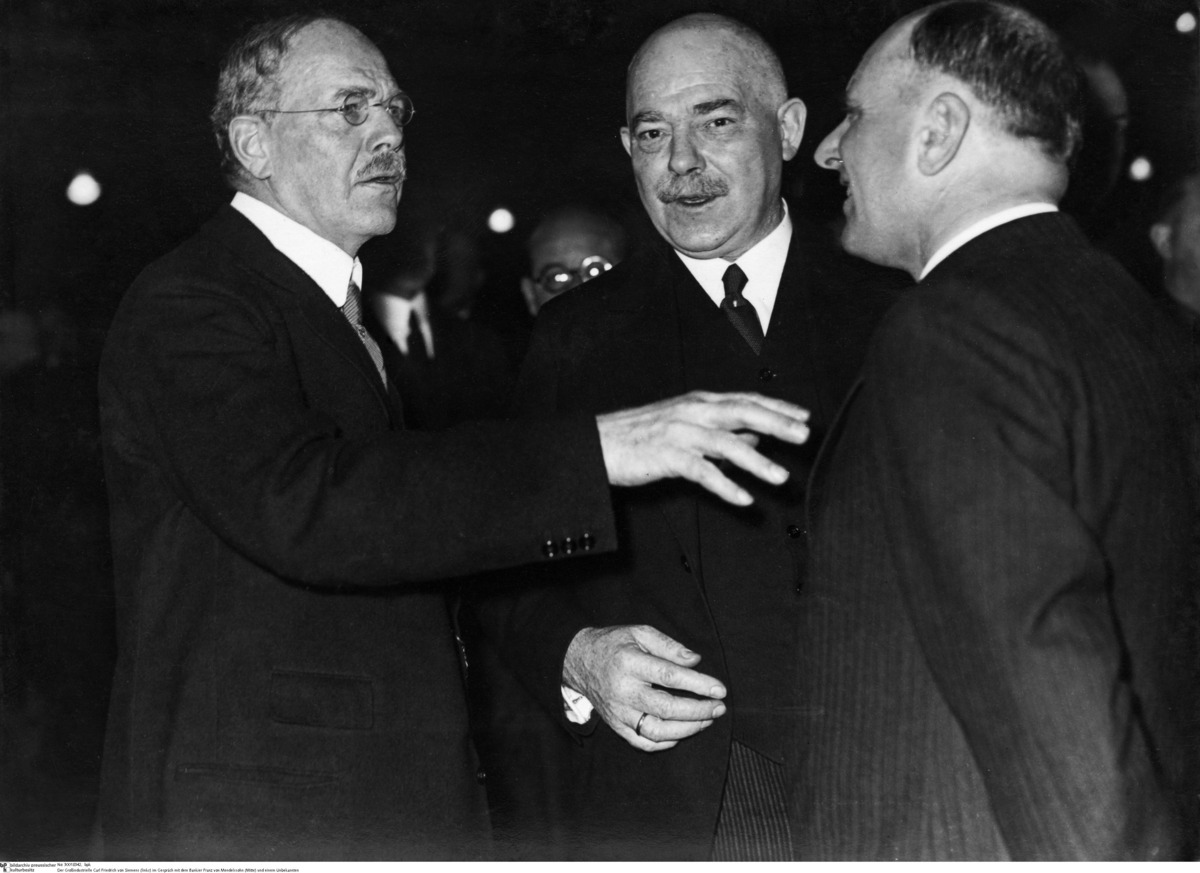Abstract
The NSDAP’s twenty-five point plan had promoted a quasi-socialist
direction for the economy and had included the nationalization of
companies and land reform. After taking office, however, Hitler sought
to cooperate with German private industry. As long as the latter made
itself available for armaments production and general war preparations,
the existing economic structure would remain unaltered. As it turned
out, Germany’s major industrialists proved largely willing to cooperate.
Many business leaders came from right-wing conservative milieus and
shared Hitler’s nationalistic, militaristic, and anti-Communist
views.
Above all, however, war production was enticing because it was a very
lucrative business. By 1939 the state had spent an estimated 70 billion
Reichsmarks on armaments. The German financial system had also put
itself in the service of the Nazi government and had supported the
economic “re-fortification of Germany” by granting credit and making
capital investments. This photograph shows Emil Georg von Stauß (at
left), then president of Deutsche Bank and chairman of the board of
directors of Daimler-Benz AG, Lufthansa, and BMW. Under the Nazi regime,
Deutsche Bank profited from various steps taken by the regime, among
them the Aryanization of hundreds of Jewish businesses. Next to Stauß is
Carl Friedrich von Siemens, then head of the firm Siemens & Halske.
This photograph was taken at a rally for German businessmen on November
7, 1933.
In May 1933, Siemens & Halske joined other large
enterprises—Krupp, Rheinmetall, and Gutehoffnungshütte—in founding the
so-called Metallurgical Research Society
[Metallurgische
Forschungsgesellschaft, or Mefo for short], a front for armaments
financing. According to the system developed by Reichsbank President
Hjalmar Schacht, Mefo awarded armaments contracts and paid them in “Mefo
bills,” which were guaranteed by the state and converted into bank notes
by the Reichsbank. Thus, the true scope of armaments expenditures
remained masked in the state budget and deficit financing was made
possible.
